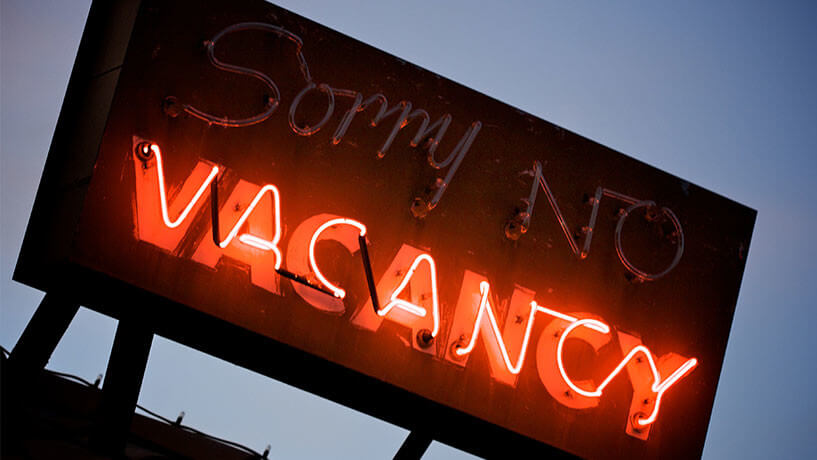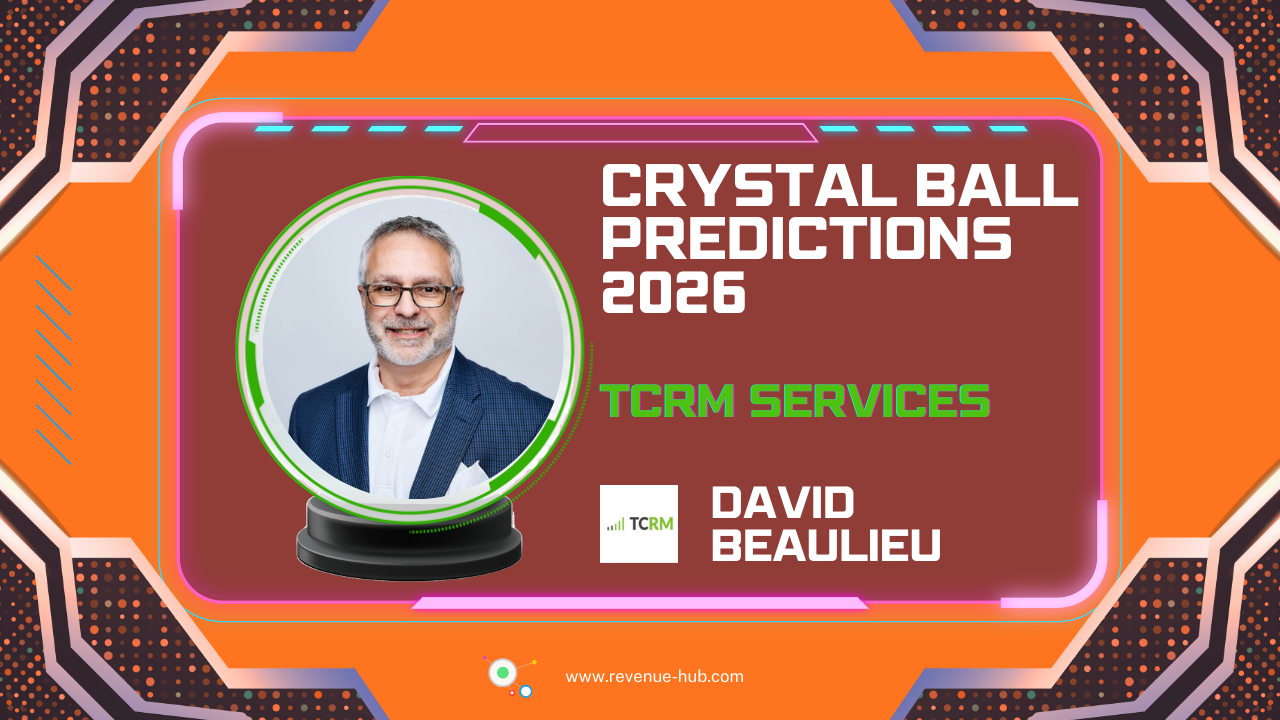
It’s time for a strategic shift. Success in today’s hospitality market isn’t about filling every room; it’s about filling your hotel with the right guests.
NB: This is an article from Demand Calendar
Subscribe to our weekly newsletter and stay up to date
It’s not about occupancy – it’s about total revenue and, ultimately, profit. This is the move from being a bed-provider to a value-creator.
Who Are You, Really? Finding Your Place in the Destination
Before you can define your pricing or marketing strategy, you must answer two fundamental questions:
- Why do travelers come to my destination?
- What is my hotel’s unique role within that destination?
First, become an expert on your location. What are the core attractions that draw visitors? Is it a cultural hotspot, a business hub, a natural wonder, or an adventure playground? Understanding the primary motivations of visitors enables you to view your market not as a faceless crowd, but as distinct groups of people – cultural tourists, business travelers, event attendees, and leisure seekers – each with unique needs and desires.
Once you understand the destination, you must define your hotel’s specific identity within it. This is just as vital for a global brand as it is for an independent boutique. A Hilton in a financial district and a Hilton resort on a tropical island serve fundamentally different guest needs.
Are you luxury, budget, or family-focused? Do you have unique architecture, a renowned restaurant, or a standout service culture? This process of defining your niche involves transitioning from a generic offering to a more specific one. In a city with 20,000 visitors looking for a room, your 200-room hotel doesn’t need to appeal to everyone. You need to be the absolute best choice for the 200 guests who are a perfect fit for you.
What Gives You Pricing Power?
In a low-demand market, the temptation to lower prices is immense. The logic seems simple: a discounted room is better than an empty one. But this thinking creates a destructive “race to the bottom” that benefits no one. So, what allows you to hold your price firm while your competitors panic? The answer is differentiation.
Here’s why a generic approach forces you into price wars, while a niche strategy gives you power:




